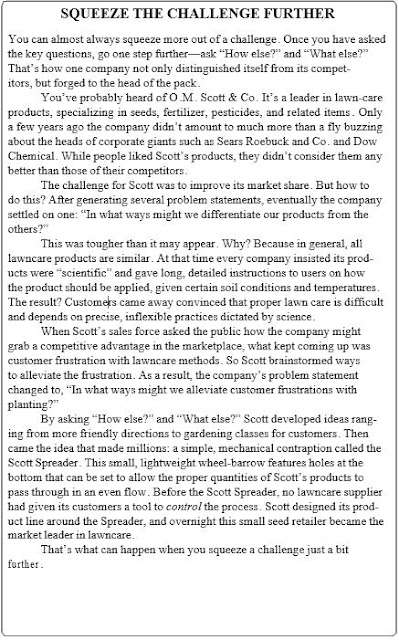Dr. Roger Firestien, Senior Faculty at the International Center for Studies in Creativity at SUNY-Buffalo State, will present two programs at the 62nd Annual International Creative Problem Solving Institute being held at The University at Buffalo Amherst, New York Campus June 15 to 19.
Dr. Firestien’s program will focus on
assisting facilitators of the Creative Problem Solving Process to smoothly and
confidently transition from one stage to the next in the Creative Problem
Solving process as well as learn how to talk less and accomplish more while
facilitating Creative Problem Solving. Attendees will receive training in
applying several tried and true Creative Problem Solving techniques that
consistently work to create breakthroughs.
His second program, “Dissolve the
Wall: Using your Creativity to Design a
New Future”, focuses on helping individuals apply their creative power in order
to move through transitions that they encounter in their professional or
personal lives. Topics will include:
asking the right questions so that one can get ideas that really work, living
out a new future using specific imagery techniques and continuing to use these
techniques daily as well as taking creative action on a goal, challenge or
opportunity that participants bring to the program.
The Creative Problem Solving Institute
is an annual international conference hosted by the Creative Education
Foundation. The Institute focuses on
three main areas: creativity, innovation and leading change. The Institute
experience is designed to help participants move ideas into action and meet
with top business leaders, educators, creativity practitioners and learners
from all over the world.
For more information, continue here.





